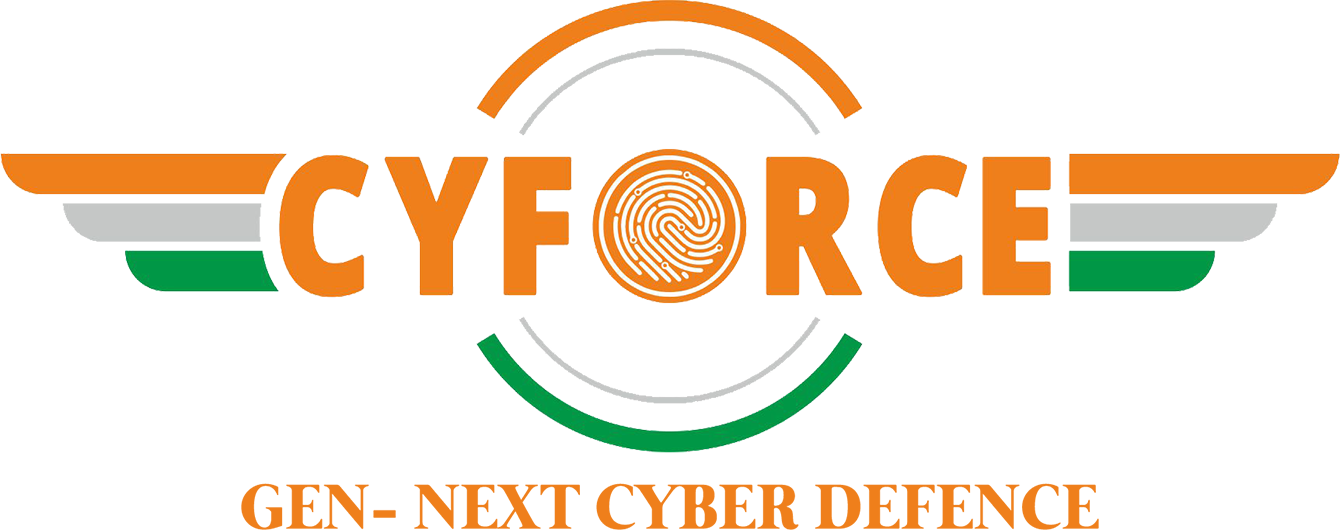Data theft is the illegal access (reading, editing, or copying) of data without the data owner's authorization. In other words, if a company’s server has been accessed by a hacker it is a case of data theft and reading the mails of your colleague would also amount to the same in the eyes of the law. It is irrelevant whether you used this data for misdeeds later or not – what counts is that the data that is not yours has been accessed – without prior permission of its authorized user who may also be its creator
The damage caused by data theft can be considerable with today's ability to transmit very large files via e-mail, web pages, USB devices, CD/DVD/Blu-ray storage and other hand-held devices. Removable media devices are getting smaller with increased hard drive capacity, and activities such as podslurping are becoming more and more common. It is now possible to store 1TB of data on a device that will fit in an employee's pocket, data that could contribute to the downfall of a business.
- info@cyforce.in
- +91-9702823777
- +91-9821256993
- Mon - Sat: 10:00 AM - 6:00 PM
Data Theft Prevention & Protection Services
Data Theft Prevention & Protection Services

Types of data theft
1. Thumbsucking
Thumbsucking, is the intentional or unintentional use of a portable USB mass storage device, such as a USB flash drive (or "thumbdrive"), to illicitly download confidential data from a network endpoint.
The threat of thumbsucking has been amplified for a number of reasons, including the following:
• The size of the USB Devices have reduced
• The storage capacity of portable USB storage devices has increased.
• The cost of high-capacity portable USB storage devices has decreased.
Networks have grown more dispersed, the number of remote network access points has increased and methods of network connection have expanded, increasing the number of vectors for network infiltration.
2. Phishing
Phishing involves sending email messages that seem to come from trustworthy sources, such as banking entities, but attempt to harvest confidential user data. In order to do so, they usually include a link that, if accessed, takes the user to a fake website. By doing this, users believe they are interacting with a trustworthy website, enter the information requested, which finally ends up in the hands of the fraudster. There is a huge range of software and programs that are classified as belonging to the category of personal or financial information theft. Some of them are quite complex, such as the use of a Java script window floating over the address bar of the web browser with the aim of confusing users.
3. Blue snarfing
Bluetooth devices have become popular in a very short while. Using his or her Bluetooth enabled cell phone or laptop, the data thief lifts data from a restricted computer in silence and mostly unnoticed other types of data theft can be hacking, posing, remote access etc.
Cyforce Pvt Ltd with its domain expertise helps you with regards to data theft/security in effectively holding an enquiry, investigation, litigation and process development to stop further such incursions.
Cyforce also conducts training for creating awareness amongst staff with regards to data theft/security breaches and the nature of punishment it attracts according to the Information Technology Act / Law of the country.

